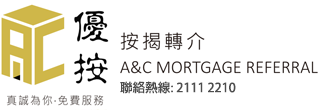Learning the Interplay Between Institutions and Social Set ups
The core of economical dynamics comprises understanding the interaction between a country’s schools and its main social constructions. The two interact in different ways, shaping every other’s structure and function. This connection is a continuous process of progression, with new structures growing and older ones vanishing – possibly because they may have failed to satisfy certain criteria or since they are no longer matched for the environment through which they run.
A central aspect of the discipline is certainly identifying regularities in patterns of switch and making sociological theories that discuss them, instead of simply analysing unique past events. This method gives sociologists using a great deal of control, because it implies that models produced for one phenomenon can be used on other tendency after relatively minor changes in their formal properties.
It is important to distinguish regarding the impersonal components of institutions, that are defined with a particular set of roles and rules, and their very own more relational and personalised aspects. A few types of organisations currently have a combination of both, prioritising the impersonal and institutionalised components in favour of interpersonal relationships and a more personalised and dynamic sort of organisation.
The inspiration www.knowindianhistory.com/2023/06/11/economy-dynamics-social-structures of economic dynamism lies in a country’s ability to foster development, attract investment, and create prospects for all it is citizens. Among other things, this requires receiving the basics right, including a strong rule of law; good intellectual house protection and enforceable legal agreements; effective legal institutions to solve disputes; and efficient physical infrastructure.



 24小時聯絡
24小時聯絡